Cannabis farmers contend with challenges of fire season and adjust to what some call the “new normal”
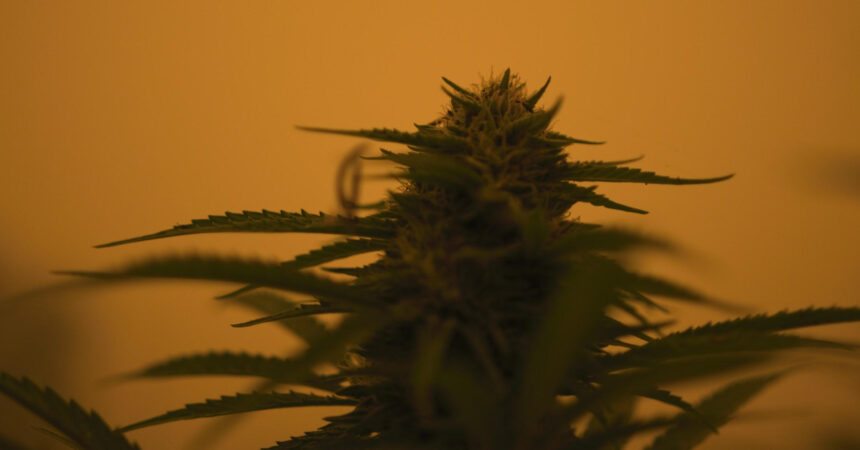
By Mitchell Colbert
The 2020 California wildfire siege has already killed 26 people, annihilated over 3,600,000 acres and over 6,900 buildings. California is not alone, as currently major wildfires are burning down the length of the west coast from Canada to Southern California. Opinions vary about the cause of these fires, with some sources citing the need for better forest management practices like preventative logging and others pointing to the exacerbating effects of climate change.
The cannabis industry has been particularly affected as cannabis is often grown in the same regions where fires are breaking out year after year, and currently, 20% of licensees in Oregon are under some type of evacuation order. Now, many cannabis businesses are wondering, is this the “new normal?” To answer that question and gain insights into the personal effects of these fires, I spoke to an analytical chemist, an activist/evangelist for cannabis farmers, and two cannabis cultivators who in addition to their work as growers also work as wildland firefighters and used their firefighting training to save their farms from almost certain destruction.
INSIDE THE EVACUATION ZONE
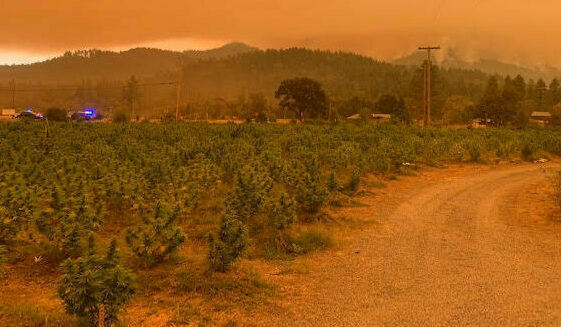
Terry Taylor is the CEO of Washington's Okanogan Gold and is a trained wildland firefighter who has worked for the US Forest Service and stayed to save his farm instead of evacuating. Taylor was grateful for his training because without it he says, “we would have lost everything here.”
Taylor got ready for the fire by using tractors and hand tools to dig fire lines and securing a defensible space in the middle of a field for all their valuables; and themselves if things got bad. He described the speed at which the fire reached his farm — traveling 50 or 60mph and closing several miles in a few minutes, surging across a highway and the 300ft wide Okanogan river.
“It looked like a hundred foot wall of fire,” said Taylor, “then it hit some cottonwoods and burned to 200 feet high and I yelled for us to go to the field.”
The fire broke his first fire line and the contingency lines he dug, and was beginning to torch the pine fence around a nearby cultivation site when a worker quickly kicked out sections of boards to prevent the spread. Then the wind shifted, and Taylor was able to get to his tractor to dig a new fire line. At the same time, his neighbors to the north showed up and they began to beat back the fire with tree branches. Soon they were throwing dirt on it to smother the fire and any hot spots that flared up. When the firefighters showed up the next day, Taylor says they were “impressed by what we managed.”
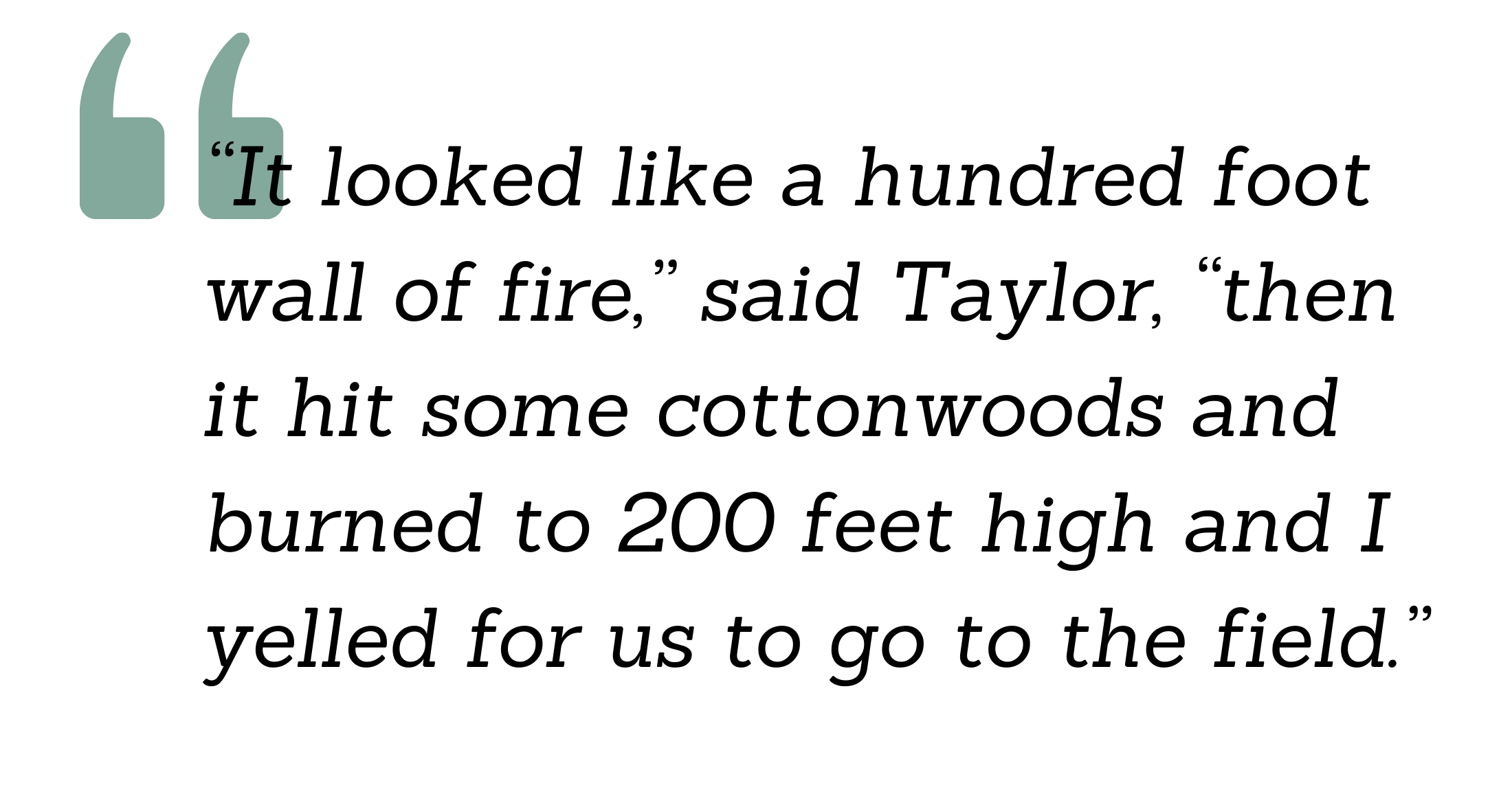
Rhea Miller and her husband are the co-founders of Millerville Farms in Oregon, and are wildland firefighters. Like Taylor, they ignored evacuation orders to defend their home and farm from being destroyed. Even though the fire is close, just about a mile away, Miller is not currently as concerned about a direct threat from fire, as much as she is worried about smoke damage to her plants. Both her and her husband Matt are part of a long family legacy of guerilla cannabis cultivators who have become medical and recreational cultivators. They also are “pretty immersed in the firefighting industry” with numerous family members involved in firefighting locally. This year, however, is different because typically they go to fires elsewhere, rather than defend their own community. Since they are independent firefighters, they had the tools on hand to cut fire lines like professionals. Thanks to their efforts and a positive turn in the weather, things are looking great up at Millerville Farms.
At the 2017 New West Summit I spoke to Samantha Miller, the President and Chief Scientist for cannabis testing lab Pure Analytics, about the fires and potential lab testing issues. Miller has previous experience testing smoke-tainted cannabis after the last round of fires in Humboldt. What she observed was “a significant increase in mold” which they were able to trace to the smoke plumes from the fires. As she put it, “the smoke brings the spores with it.”

The bigger issue than the mold itself is the mycotoxins which they can produce. An important distinction to make is between urban and wildland fires, which produce different types of smoke. Urban fires usually result in all sorts of things burning and melting which normally are not present in forests, such as cars, fridges and plastic, which can then produce polyaromatic hydrocarbons (PAHs) and other toxins which are not part of required cannabis testing. Miller ended our talk by pointing to the limitations of analytical chemistry, — “if you aren't looking for it you won't find it.”
Amanda Reiman is the Vice President of Community Relations for the Flow Cannabis Co, and moved up to the Emerald Triangle just before the 2017 fires. Since then, every summer has brought fires bigger and more destructive than the last. “These days I sometimes forget about COVID altogether,” said Reiman, “as the state’s largest fire ever is just beyond the ridge.”

Unlike Taylor and Miller, the bigger threat in Mendocino right now isn’t the fire itself, but rather the “improper storage of evacuated crop and potential damage from heavy ash and smoke.” When farmers rush to evacuate it can be hard to find appropriate storage for all their product that will provide temperature and humidity control, which can lead to mold and microbial contamination.
California's August Complex Fire is the largest wildfire in state history and has reduced nearly one million acres to cinders while threatening countless cannabis farms in the legendary Emerald Triangle. Mendocino County Sheriff Matt Kendall estimates that, while the small hamlet of Covelo (famous for their Sour Diesel) only has an official population of 1,500, there are an additional 8,000 people living in the region on cannabis farms.
“People should not be weighing economics with health and safety,” said Sheriff Kendall, adding, “there’s nothing material on earth worth losing your life over.”
OUT OF THE FIRE, NOT OUT OF THE WOODS
Sheriff Kendall's philosophical argument offers little consolation to cannabis cultivators who generally do not have access to crop insurance and where a lost crop may mean a bankrupt business. The federal Small Business Administration just announced that while other small businesses in Oregon are able to apply for disaster assistance loans, cannabis companies are “not eligible” for any assistance.
Rhea Miller is planning ahead in case there is smoke damage and has already reached out to some of their extraction partners about remediation. One of the extractors she spoke to mentioned that they had “extracted fire bud before and the flavor did carry through,” describing it as “barbeque terps.” While

Miller was concerned about their cannabis crop she is confident their hemp will still be viable. She also raised a different concern about the smoke.
“We've had so much smoke in the past week that no UV rays were getting through,” Miller noted. Since cannabis is a light sensitive plant, a disruption to the normal UV light can cause big problems such as early flowering. Then when the smoke clears and plants begin to vegetate again, rather than flower, those problems can intensify and result in lost crop value.
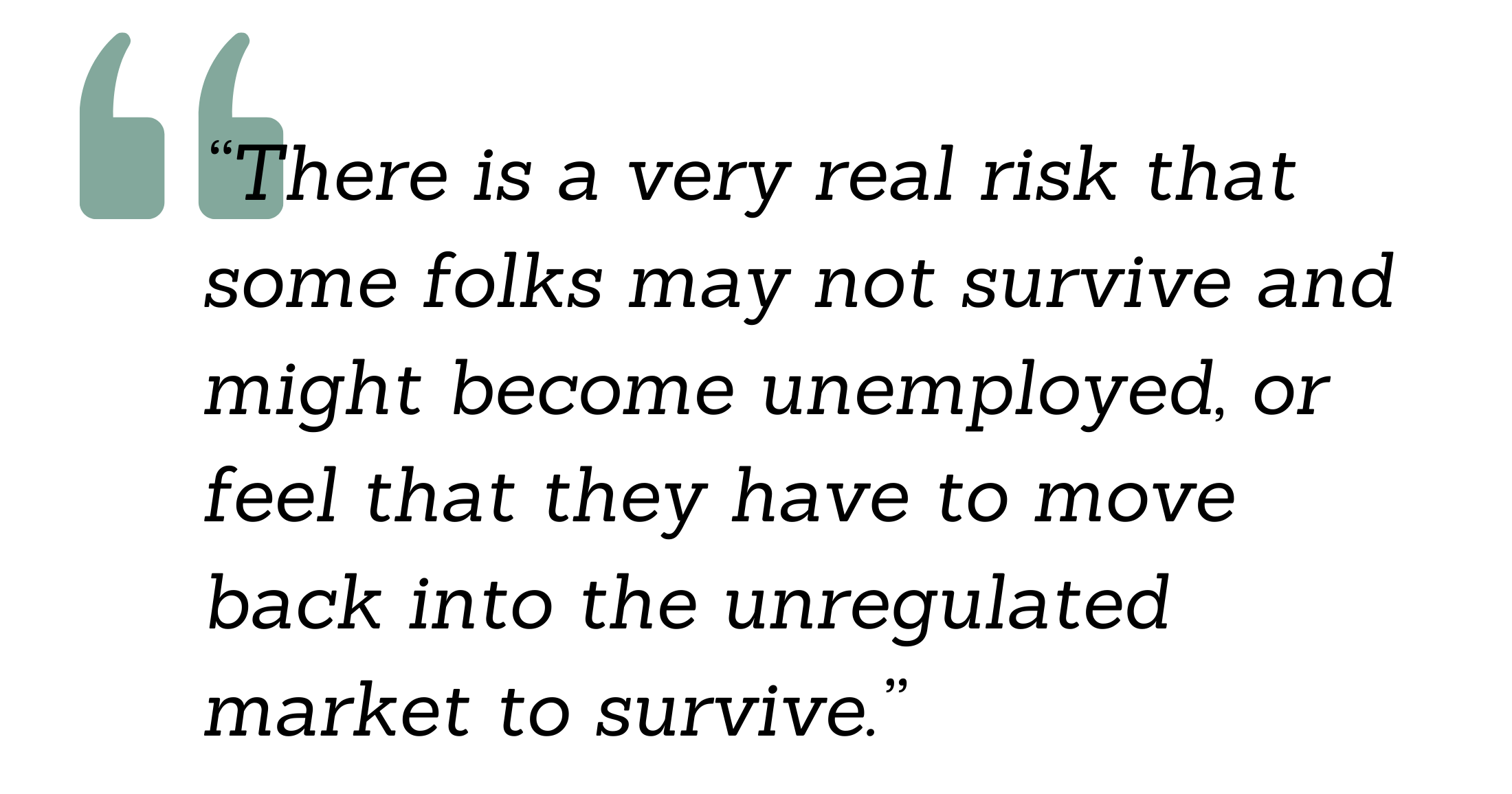
After the Thomas Fire in Santa Barbara, Brown & Brown Insurance Services covered $7 million in losses by cannabis companies as a result of smoke contamination. Matt Potter, the Vice President at Brown & Brown said that testing found elevated levels of heavy metals and other substances which were “a direct result of the smoke and the ash.” Potter added that, due to the large payout, Brown & Brown is no longer offering that policy. Taylor mentioned that while Okanogan Gold has “a million dollar policy through Lloyds of London covering our crops,” as required by state law, it doesn't cover fire.
Reiman discussed the grim economic reality of farming in fire prone areas without insurance. She explained that, “cannabis farmers are subject to taxes, standards and rules that farmers of other crops don’t have to contend with.” That means, fire or no fire, they have thinner margins, less room for error and less access to services to make them whole after a disaster. The result? According to Reiman, “there is a very real risk that some folks may not survive and might become unemployed, or feel that they have to move back into the unregulated market to survive.”
FIREFIGHTERS SHARE THEIR WISDOM
Both Taylor and Miller had numerous suggestions for ways that cannabis cultivators and others in fire prone areas can prepare for fires. Taylor's best advice is to “get prepared ahead of time” by putting gravel or other fire-retardant material down for 60ft around your grows and having the right tools on hand to cut fire lines, either by hand or with heavy equipment like tractors or bulldozers. In the Forest Service, Taylor says they dug “contingency lines, so if your first fire line fails there are others.” Taylor is lucky to have water rights to pump from the Okanogan river, which allowed them to soak the area around the house and the defensible space they created to protect their valuables.
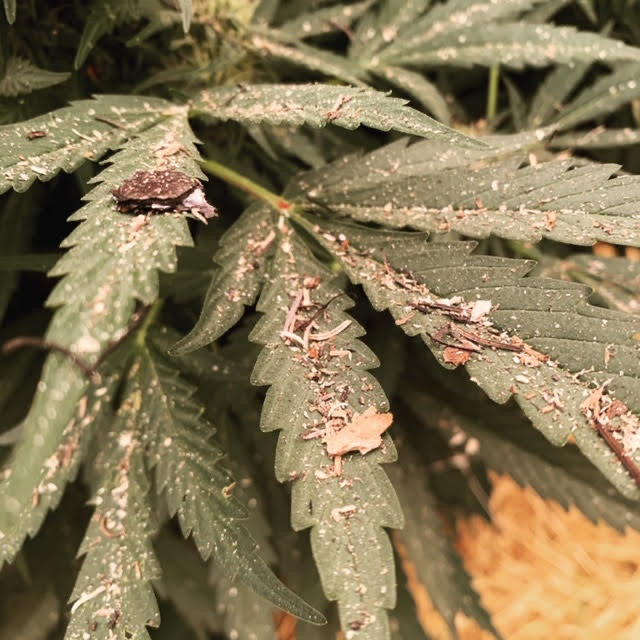
Miller added that, if possible, people should get their valuables to a relative's property that is not at risk from the fire. She echoed Taylor's point about creating a defensible space around your home and grow sites, and called attention to the importance of remembering to clear out your gutters. Miller's big advice to people worried about ashes contaminating their flowers was to use backpack leaf blowers to knock off as much ash as you can, but that is tricky because “it is a sticky plant.”
KEEPING COMPASSION IN THE CANNABIS INDUSTRY
Taylor ended our interview on an upbeat note by discussing the many ways he has seen his community and the cannabis industry come together during these crazy times. Companies who were “competition” a few days before the fires were now collaborating to rebuild, and the whole community has been drawn closer together. Chris Van Hook, founder of the Clean Green organic cannabis and hemp certification program, posted on Instagram offering resources to those being evacuated in Southern Oregon. As an industry that was birthed from compassionate medical relief for HIV/AIDs patients and others suffering from debilitating illnesses, it should come as no surprise to see that compassionate relief take a new form to help those suffering from these fires.

Mitchell Colbert was born in San Francisco and raised in Marin County, home of the Waldos and the birthplace of 420. Mitchell has written over 100 articles on cannabis for over a dozen outlets, spoken at numerous conferences, worked on multiple statewide legalization campaigns and is a published cannabis researcher. In 2018, he founded Full Spectrum Strategy to advocate for more sustainability in the cannabis industry and increased access to recycling, primarily for vape companies. His efforts resulted in regulatory and statutory changes in Colorado which have legalized the recycling of cannabis waste for the first time in that state.
